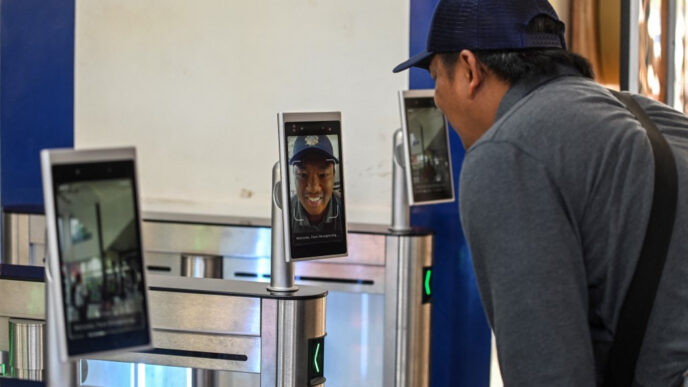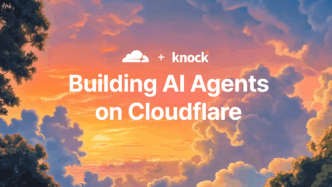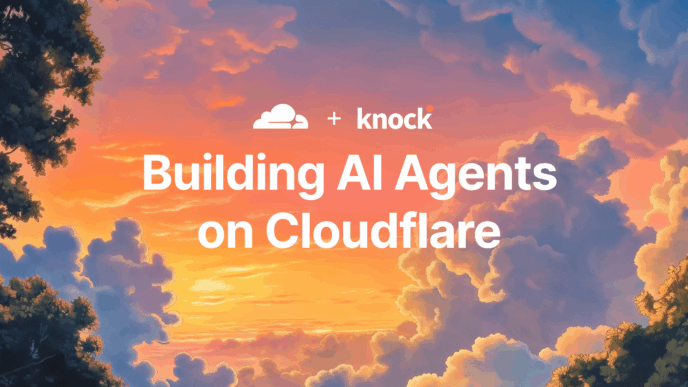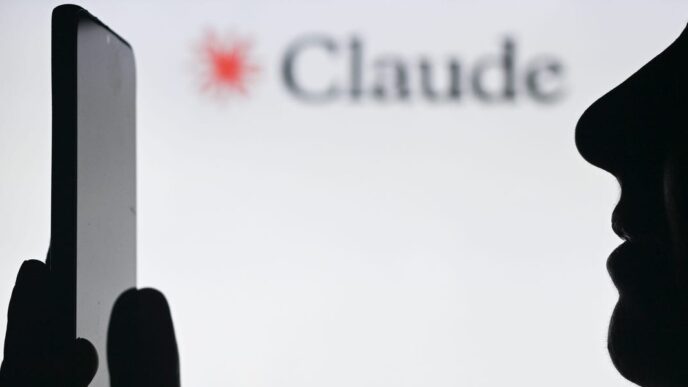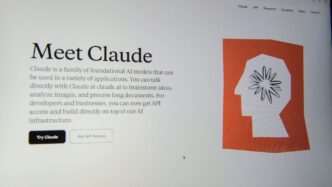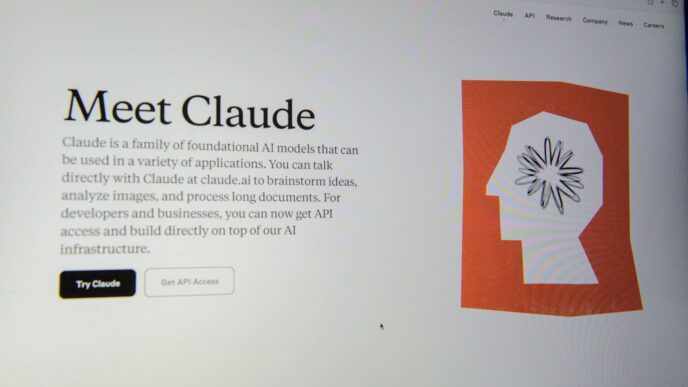PHOEBAI is here to change the game in astrophysics. This AI-powered neural network can analyze binary star systems in just 10 minutes, slashing what used to take a month of supercomputer time.
Developed by researchers at Villanova University, PHOEBAI tackles a backlog of hundreds of thousands of potential binary systems waiting to be assessed. Research author Andrej Prša stated,
"What took two weeks plus on a supercomputer now takes mere minutes or seconds on a single laptop."
Binary and multiple star systems make up more than 50% of sun-like and more massive stars. Astronomers often struggle to differentiate between stars in these systems, especially when they eclipse each other.
PHOEBAI aims to solve this by accurately determining stellar characteristics like mass and size. The AI acts as a fast substitute for traditional models, capable of analyzing data that previously required complex and lengthy computational processes.
"The models are thus complex, and their computation is time-costly," Prša explained. "To ‘solve’ a typical binary star, it takes upwards of two weeks on a computer cluster."
The AI is built on the PHOEBE model, which helps generate tens of millions of artificial observables. The result? PHOEBAI processes data a million times faster than before.
Prša noted that PHOEBAI will assist several space missions, including OGLE, Kepler, and TESS, which focus on detecting exoplanets. The team plans to deliver preliminary results for 150,000 eclipsing binary systems later this year.
In the words of Prša,
"PHOEBAI absolutely has the potential to revolutionize our understanding of binary stars."
As researchers finalize the AI’s outputs, they prepare to share their findings in peer-reviewed papers and on their project’s website.




